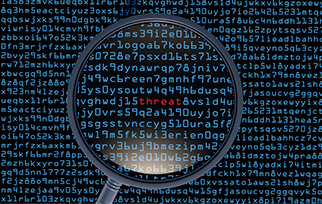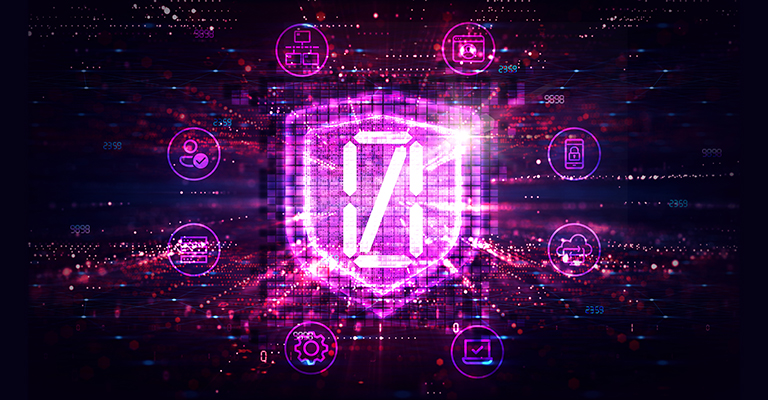The growing frequency of targeted cyberattacks and increasing data protection and information security regulations have forced enterprises to rethink their cyber defense strategy. As a result, many businesses are migrating to the Zero Trust Network Access model. The "zero trust" security approach believes that no users or devices are to be trusted.
In the age of remote work or hybrid workplaces, the rise in the dependency on cloud-based technologies, third-party assets and ubiquitous devices necessitates robust cybersecurity strategies and measures to ensure smooth and secure functioning. This has led to an ever-evolving set of cybersecurity paradigms encompassing static, network-based perimeters to focus on users, assets, and resources. For example, no implicit trust is granted to assets or user accounts based solely on their physical or network location in the ZTNA model.
Around 99% of enterprises believe that adopting zero trust architecture has helped them improve their business. Here are some fundamental principles that govern ZTA: Cybercriminals usually target end-point device networks, cloud-based applications and other IT components and have financial motives. Most of them are ransomware that cripples business continuity threatening to steal, delete or expose critical business data. Cyberattacks can result in business disruptions, intellectual property theft, financial loss, and loss of vital and sensitive customer information.
As a leading cybersecurity services company, Cybalt has seen ZTA gaining momentum as organizations look to stay ahead of bad actors and avoid breaches. Through best-in-class IAM solutions, Cybalt is committed to implementing this paradigm shift in the security landscape as more and more businesses are investing in hardening their virtual walls. Our IAM solutions enable businesses to navigate a complex technology landscape with data, people, processes, devices and infrastructure where traditional security models can spell catastrophic. Get comprehensive and affordable security solutions that seamlessly integrate with your critical infrastructure and are customized to align with your business goals.
Other Blogs

From Nuclear Centrifuges To Machine Shops: Securing IoT
IoT or ‘the internet of things’ has been around for a lot longer than the buzzword
Read More


Demystifying XDR
As the capabilities of threat actors have increased so have the tools which we utilize to detect and respond to their activities.
Read More


Cybersecurity In A Post Pandemic World
As many cyber security practitioners will tell you, the most imminent and dangerous threat to any network are the employees accessing it.
Read More


